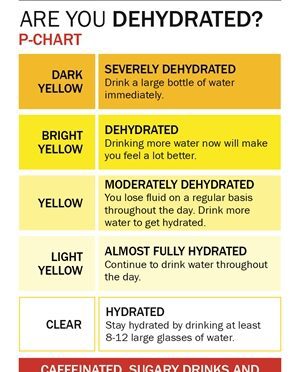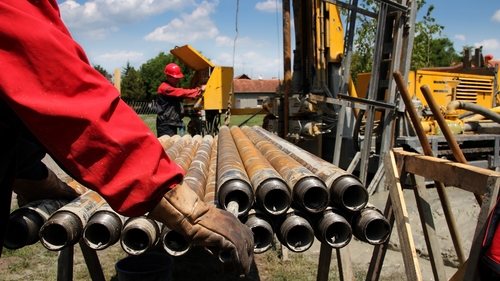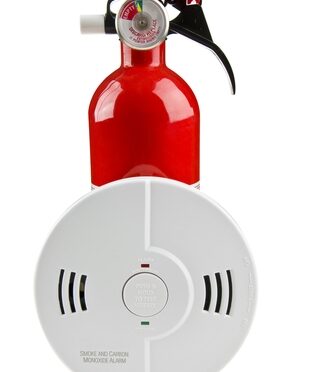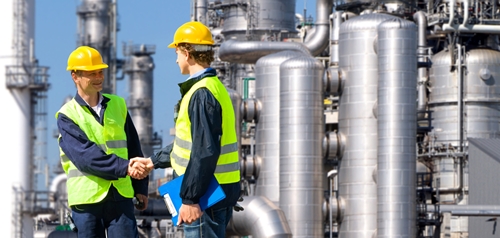Staying hydrated on the work site
July 29, 2015
Heat-related illnesses are a serious hazard on industrial work sites, especially those that are outdoors during summer months.

Please upgrade to Microsoft Edge, Firefox or Chrome for optimized website viewing.

Heat-related illnesses are a serious hazard on industrial work sites, especially those that are outdoors during summer months.

During times of intense heat, workers can be at serious risk of illness, over-exhaustion and potentially even death.

Beginning Aug. 3, a new Occupational Safety and Health Administration regulation designed to protect construction workers from hazards associated with confined spaces will go into effect.

Though work sites have been made safer through stricter standards and advanced personal protection equipment, some cases of workplace injury are unavoidable.

A proper fire protection plan starts with establishing preventative measures to enforce in the workplace. With a variety of hazardous chemicals and substances in the industrial sector that could cause fires or explode, employers should minimize facility damage and potential for employee harm with a comprehensive fire protection plan. According to the National Fire Protection Association,
MORE…

Chemical manufacturers keep up their health and safety programs to ensure workers are safe from incidents, but they may not know their initiatives are based on outdated information. When employers do not know about new regulations to control workplace hazards, there is a higher chance of injuries and incidents. Employers can better understand all of
MORE…

With the oil and gas production boom in major shale regions of the U.S., the surge in oil production is presenting companies with key challenges for worker safety and regulatory compliance. In North Dakota's Bakken shale, oil production increased to 1.1 million barrels per day in August, up from 230,000 bpd in January 2010. With this
MORE…

Whether you need to send a quick email or notify employees of a major safety issue, a solid communication system is a must for oil and gas sites. While communication is already a top priority for energy firms, there are various scenarios that companies should prepare for and make sure their current communications systems are
MORE…

With the flammable chemicals, gases and materials used in the oil and gas industry, employers are paying great attention to fire protection in the workplace. Controlling fire hazards is a key part of ensuring worker safety on extraction, refining and other sites. In complying with rules established by the U.S. Occupational Safety and Health Administration
MORE…

At industrial worksites, employees may be exposed to flammable or explosive materials. This exposure risk could result in burns or other fire-related injuries that may endanger worker well-being. To prepare for fire emergencies, employers should educate their employees on medical treatment and prevention for burns. Train workers to assess burns Recognizing and treating burns is
MORE…